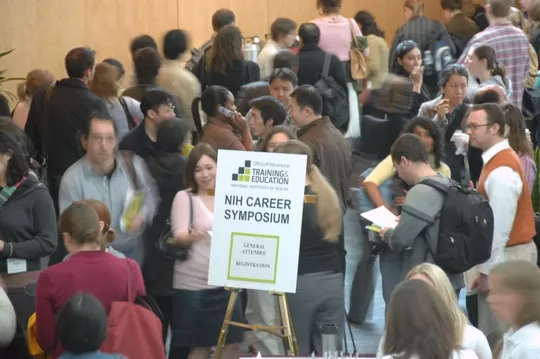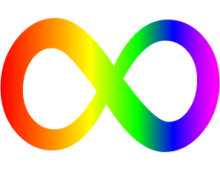
For your 2012 Career Plan, the March topic is to work on your career network. In the past alumni spotlights, 9 of 10 have mentioned networking as a key component of getting their jobs. You know that this is an important part of your professional skills, but the task often seems daunting.
Understanding who you know and how they can connect you to who they know is a bit like a treasure hunt. Think of your map as a set of concentric circles.
The first circle is people from your research group. Add to the list everyone in your group now, and those that have left before you (even if you did not work in the lab at the same time you share the common thread of your boss). The next circle is often overlooked: people in your scientific life. Write out the people in the groups on your floor (and if you have not yet met those people—go and meet them now). Next add in folks in your Lab/Branch and people from your Institute that you have met at retreats. Then, add to this list people from past labs. Add your classmates from graduate school, including those that were 2-3 years ahead of you that you interacted with.
Further out is people in your scientific community. Folks you have met at conferences, or who at least were at the same conference and are on the attendee list (you can always say: “We both went to AACR in DC in 2011, sorry we did not get a chance to meet….”). Also here would be people your current or past bosses know, or other people in the closer circles. Finally, don’t neglect the final circle…people in the community. You never know who your mom/neighbor/friend etc knows. People have used a family member who is secretary at a law firm to find connections in industry or connected fellows with their neighbors who share similar interests. Add all of these people to your map. Construct your map….and we will be back with how to utilize it next week. We will chat about how to add to your map, use it at conferences, for informational interviews and more.




